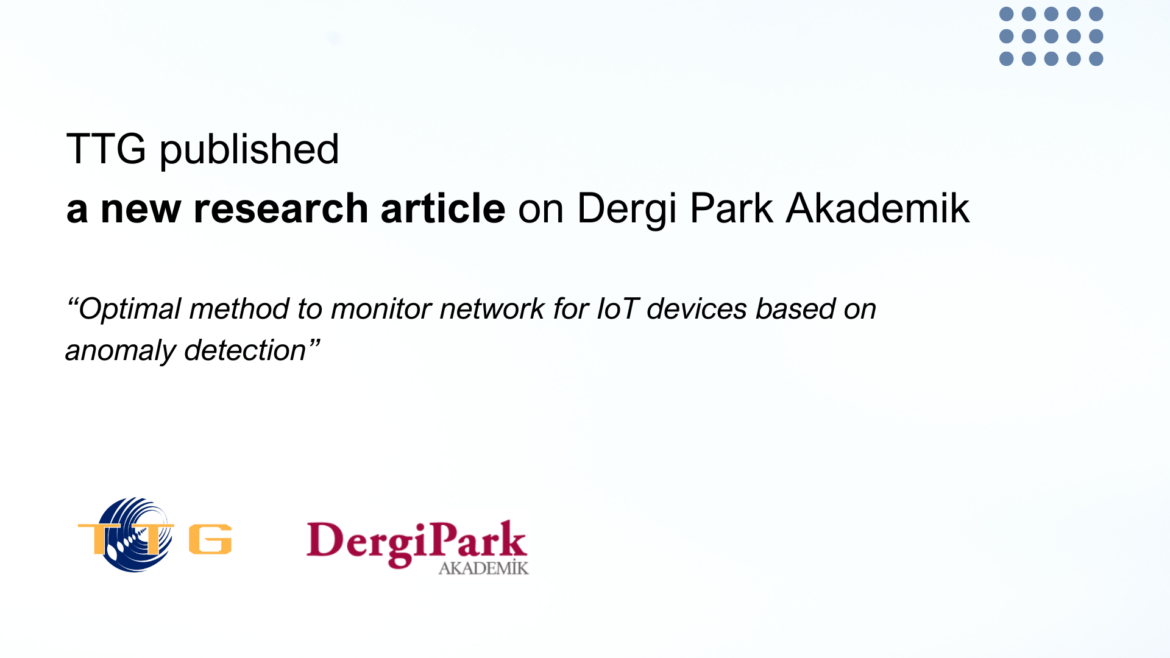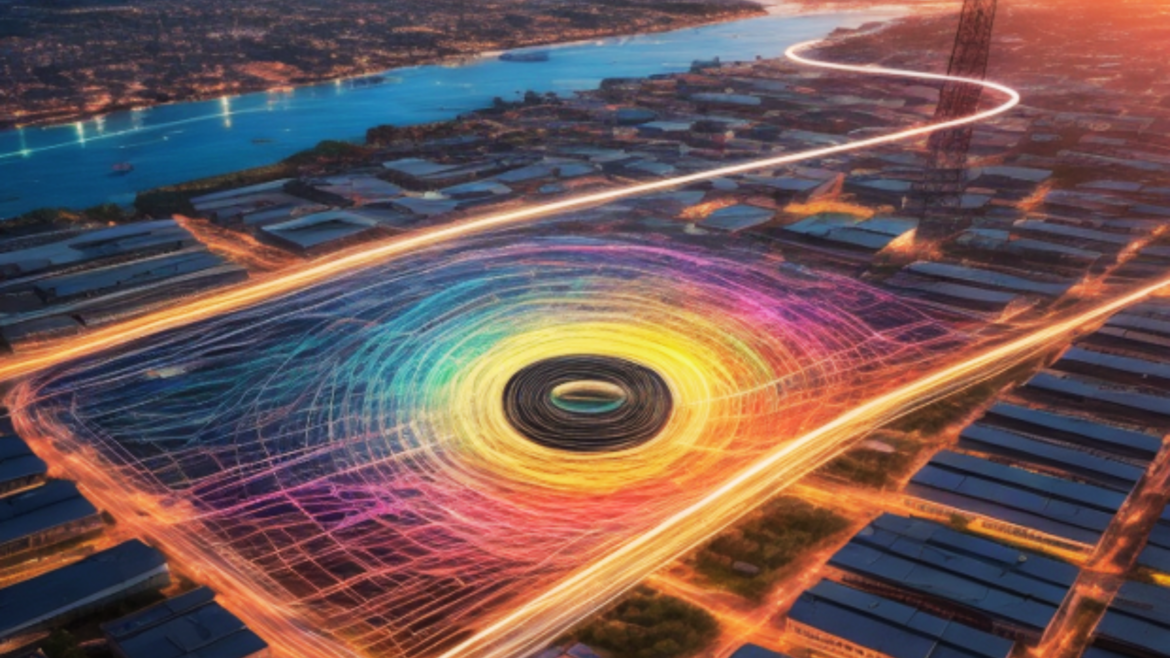As TTG, we are thrilled to announce the publication of our research article on “Optimal Method to Monitor Network for IoT Devices Based on Anomaly Detection” on Dergi Park Akademik. This publication marked another significant contribution in our pursuit of innovation and excellence for R&D purposes. Authored by our talented employees Umar Ali and Cenk
In the digital era, the efficiency of network resource management is paramount for businesses to thrive. The distinction between managing network resources and other inventories is crucial for optimizing operations and ensuring network reliability. This comprehensive guide delves into the nuances of network resource inventory, contrasting it with the management of other organizational assets, and
In the intricate world of Wi-Fi networking, the ability to effectively manage bandwidth is not just beneficial—it’s essential. The introduction of GEMS (Global Enterprise Management System) into this ecosystem marks a significant leap forward. This powerful network analysis tool is adept at enhancing the monitoring and optimization of Wi-Fi networks across the 2.4 GHz, 5
The evolution of mobile networks, particularly with the introduction of LTE and 5G, has brought about a paradigm shift in how we perceive and utilize bandwidth. The crux of this transformation lies in the intricate interplay between frequency bands, channel bandwidth, and spectral efficiency. Let’s delve deeper into these concepts and unravel how they collectively
In the digital age, bandwidth is the lifeblood of network communication. Whether you’re streaming your favorite show, attending a video conference, or managing a data-intensive project, understanding, calculating, and optimizing your bandwidth is crucial. Let’s dive into the nuances of bandwidth calculation and explore strategies for optimization and monitoring to ensure a smooth digital experience.
Bandwidth is a critical aspect of any computer network, defining the amount of data that can be transmitted over a communication channel in a given period. It plays a pivotal role in determining the speed and efficiency of data transfer within a network. This article aims to provide a foundational understanding of bandwidth and its
In today’s interconnected world, network infrastructure forms the backbone of communication and data exchange for businesses and individuals alike. However, this interconnectedness also exposes networks to a myriad of cyber threats. As cyber-attacks become increasingly sophisticated, organizations must prioritize the safety and security of their network infrastructure. Cyber-attacks can stem from various sources and target
The telecommunications industry has witnessed a remarkable journey of evolution, each generation marking a significant leap in connectivity, speed, and capabilities. From the humble beginnings of 1G to the forthcoming promises of 6G, this technological odyssey has revolutionized the way we communicate, paving the way for a more interconnected and immersive world. 1G: The Dawn










